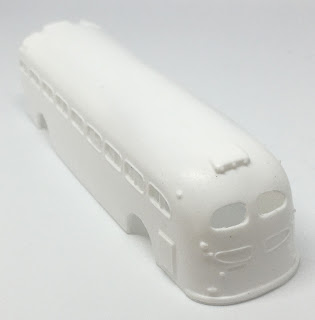I lost one of my best friends on Sunday, November 15 when Bill Welch succumbed to cancer. He was a kind soul, a kindred spirit, and a companion of almost 25 years.
I met Bill in 1996 at the Friends of the Freight Car dinner in conjunction with the NMRA convention at Long Beach. He and I were both new to the freight car "mafia" modeling community so we shared a bond as the slightly awkward entrants to a party where others knew each other well. From that point on, we were roommates at just about every RPM event we attended together, including more Napervilles, Cocoa Beaches and St. Louises than I can count, as well as other meets from time to time. We would often muse about our "Christmas morning" when the Sunshine sales room would open at Naperville, with all the new releases for that year. Before turning off the lights at night we would peruse each other's stacks of photos that we had acquired that day, making notes about ones we, too, wanted and discussing the modeling possibilities.
Bill shared my love for World War Two era aircraft (and modeling). We were also "tool guys" seeking the latest gadget to aid our modeling efforts. Baseball was another deep love in common and we both shared many conversations over the winters, close to our "hot stoves" discussing trades and signings and the fates of his Dodgers and my Red Sox. We spent countless hours discussing politics and policy, as well, both being passionately interested in the subjects. He was a "breakfast person," too, and I will always remember his quest to find good places for early morning grub wherever we were.
I will miss him deeply. He approached every day with a positive spirit and attitude and couldn't wait to share that with others. As a minister, it is interesting to note that some of his greatest sermons were about detailing models, overcoming the paralysis one can face when tackling a project, and his love of airbrushes and painting and releasing that zeal in others. Of course, he also preached about the Fruit Growers consortium. I am humbled to carry that torch to bring his work to fruition as a book. I am deeply honored to be able to make his vision and passion a reality for others.
There is a virtual celebration of Bill's life and legacy planned for December 9th (details will be shared at all the various groups.io lists, Facebook, and the Speedwitch site.) He touched many lives as a photojournalist, minister, and modeler as well as a friend to many.
Rest in Peace, my friend. I can't imagine the RPMs without you. I hope wherever you are, the Sunshine tables are filled with lots of new releases!

















































